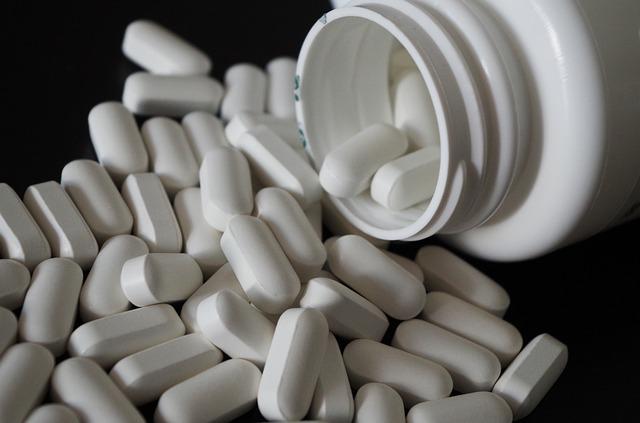
A study to assess the potential impact of ending a bar on advertising some “over-the-counter” medicines has found that consumers with minor ailments might be more likely to seek advice from pharmacists rather than GPs, and that pharmacists’ recommendations are unlikely to be unduly influenced by the marketing.
Advertising is currently not permitted for "pharmacist only", Schedule 3 (S3) medicines. These medicines – such as treatments for cold sores and migraine symptoms – can only be supplied after counselling from a pharmacist.
However, unlike other non-prescription medicines, under Therapeutic Goods Regulations these S3 products cannot be advertised unless a specific exemption is granted.
The peak non-prescription medicines body, the Australian Self Medication Industry (ASMI), has proposed that advertising should be allowed under a model that would include consumer information and education in advertisements.
ASMI asked the Centre for Health Economics Research and Evaluation (CHERE) at UTS to conduct an independent study of the proposed advertising model and to report on the likely impact on consumers, pharmacists and pharmacy assistants.
Professor Rosalie Viney, Professor of Health Economics and Director of CHERE said the study found that ASMI’s alternative model could have a positive impact.
“Unfortunately, there is limited consumer awareness of S3 medicines, so many people don’t think to go to a pharmacist for a minor ailment that could be treated fairly easily, without the need for a GP visit,” she said.
'Many people don’t think to go to a pharmacist
for a minor ailment that could be treated fairly easily'
“Our research showed that the proposed advertising significantly increased the likelihood of consumers engaging in conversations with pharmacists about their health conditions and treatment options.
Importantly, the pharmacists and pharmacy assistants involved in the study were not influenced by the advertising and regularly chose the most appropriate treatment for the consumer, she said.
The CHERE research involved almost 1300 consumers, 500 pharmacists and 500 pharmacy assistants in a randomised study to assess the impact of a ‘mock’ S3 product TV advertisement.
The 30-second mock advertisement was targeted at cold sore sufferers and contained three messages – information about the condition, information about the role of pharmacist advice, and information about the product itself.
A "test and control" environment was used to isolate the impact of advertising on consumers and on pharmacists – for example, some participants were exposed to the ad while others were not, and some participants had experience of cold sores while others did not.
Researcher Professor Stephen Goodall said the advertisement increased awareness not just of the “mock” brand but also of antiviral tablets in general, as well as the services pharmacists could provide.
Without the advertisement, consumers in the study would generally choose a product they already knew, usually an antiviral cream, and weren’t aware they could get a tablet, he said.
Over half of the respondents said the ad made them reconsider their treatment options, but the majority also said they would let the pharmacist decide whether the advertised treatment was appropriate.
“Pharmacist recommendation had a positive and significant impact on consumer choice,” Professor Goodall said.
Pharmacists in the study were given a set of hypothetical customers, some of whom were not suited for the advertised product. “Even in the presence of advertising, pharmacists remained comfortable referring customers to their GP if necessary and would deny a customer’s request for a specific medicine if they considered it inappropriate,” Professor Goodall said.
ASMI Chief Executive Officer Dr Deon Schoombie said the study highlighted the potential health benefits from relaxing advertising restrictions.
“Importantly, the advertisement created more awareness about health conditions and encouraged consumers to open up a conversation with their pharmacist,” Dr Schoombie said. “This has the potential to free up GPs’ time for treatment of more serious conditions while reducing costs to the health-care system.”
He noted that ASMI’s proposed advertising model included a clearly defined “non-advertisable” list for products with a history of misuse, abuse or diversion for illegal use.
ASMI will submit its alternative advertising model to an upcoming government review of medicines scheduling – the national classification system that controls how medicines and chemicals are made available to the public.
You can see the ASMI mock advertisement here and access the CHERE report here.

